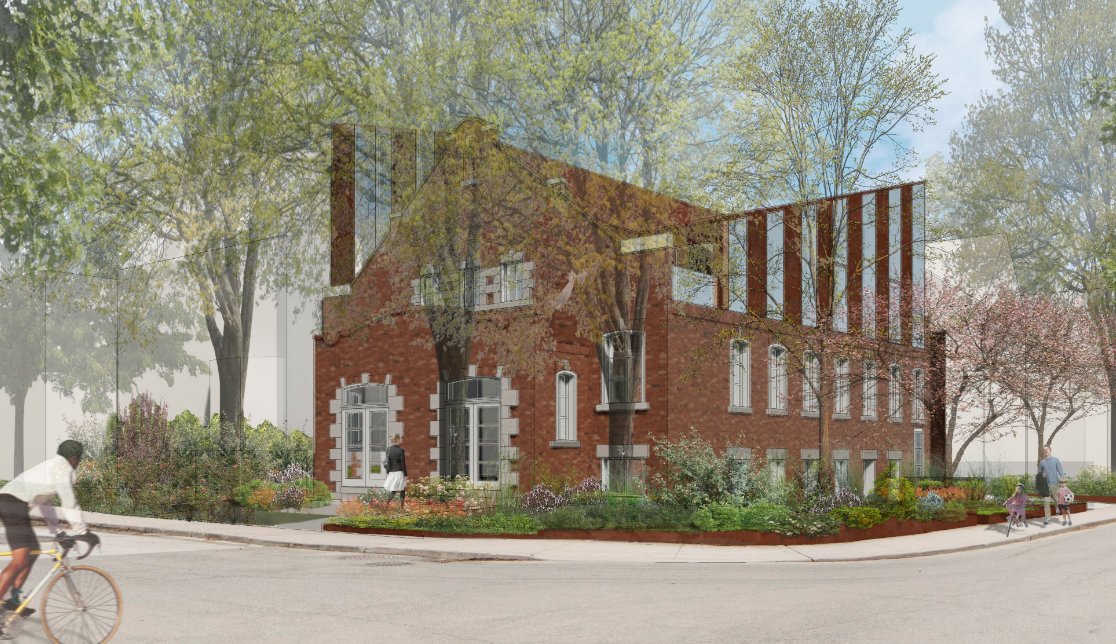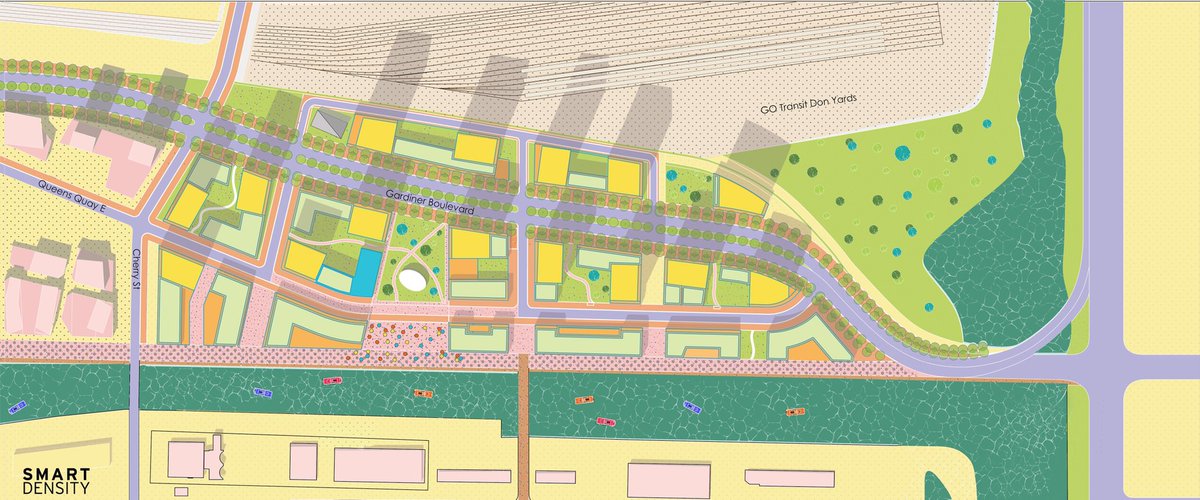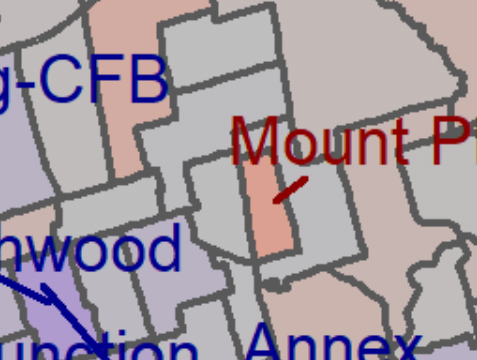
A solid piece on the aggressive business practices of big corporate landlords in Toronto
https://twitter.com/christinedobby/status/1368243353645629440
Crucial point about what's happening: big pools of capital are buying old (often decrepit) buildings and pushing hard for higher rents and new tenancies 

This is totally different from *building* new housing, which is what developers often get called out for.
Politically, these two things get confused. But they're opposite. Big landlords (including REITs) *benefit* from a housing shortage. Their strategy depends on it. As a bloc, they don't want looser zoning and more housing to be built.
In fact, today's strict Toronto zoning benefits big landlords. They own tower-in-the-park sites -- and it's legal to build new towers there. thestar.com/news/gta/2020/…
St. Jamestown, the densest neighbourhood in the country, is getting more towers. My neighbourhood is not. theglobeandmail.com/canada/toronto…
Ha, error in tweet above: The image was supposed to be a quote from @christinedobby’s story 

One last note on above-guideline rent increases. These may be (as the story implies) used in illegitimate ways. But most of these 1950s-1970s rental buildings do need substantial updates and repairs.
• • •
Missing some Tweet in this thread? You can try to
force a refresh










